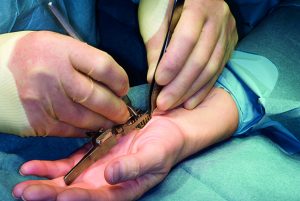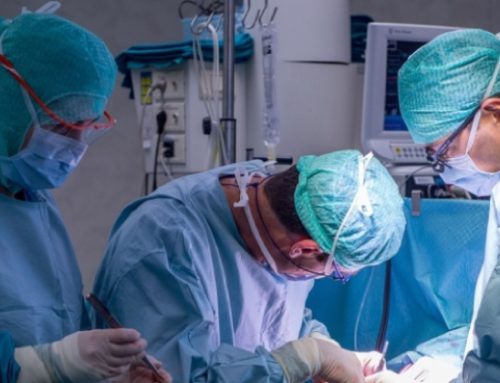HAND DISORDERS: A FREE SCREENING BY MULTIMEDICA DOCTORS IN COLLABORATION WITH BRERA ACADEMY
For the second consecutive year, doctors and therapists from the Hand Surgery Unit at Group Multimedica in Milan provided a complimentary screening for prevalent hand ailments. The screening took place during the ninth nationwide day dedicated to hand disorders at the Napoleonic Hall of the Brera Academy, which is one of Milan’s significant art landmarks.
For the second consecutive year, doctors and therapists from the Hand Surgery Unit at Group Multimedica in Milan provided a complimentary screening for prevalent hand ailments. The screening took place during the ninth nationwide day dedicated to hand disorders at the Napoleonic Hall of the Brera Academy, which is one of Milan’s significant art landmarks.
 For the past 30 years, the Hand Surgery Unit at Multimedica Group has been concentrating on diseases affecting the upper limb caused by wear and tear or injury, as well as congenital deformities. Multimedica is renowned nationwide for performing more than 8,000 treatments each year. Additionally, the Department runs a department devoted to hand conditions and paediatrics, which handles around 1,900 kids annually and performs 350 microsurgery procedures, making it the biggest of its kind in Europe.
For the past 30 years, the Hand Surgery Unit at Multimedica Group has been concentrating on diseases affecting the upper limb caused by wear and tear or injury, as well as congenital deformities. Multimedica is renowned nationwide for performing more than 8,000 treatments each year. Additionally, the Department runs a department devoted to hand conditions and paediatrics, which handles around 1,900 kids annually and performs 350 microsurgery procedures, making it the biggest of its kind in Europe.
The Humanitas Group’s Hand Surgery Unit is also an expert in paediatric and neonatal surgery. Just a few hours after birth, it successfully operated on a newborn girl with a deformity of the left hand, with such precision that she was able to regain the use of her hand.
“Our experience shows that it’s still important to raise awareness about the importance of maintaining healthy hands,– says Prof Giorgio Pajardi, Director of the Unit and Professor at the University of Milan. – Carpal tunnel syndrome, trigger fingers, and trapezio-metacarpal arthritis are some of the prevalent upper limb disorders. Early identification and treatment are crucial to prevent permanent harm“.
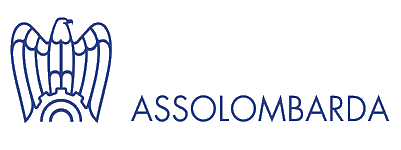
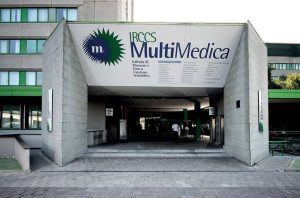
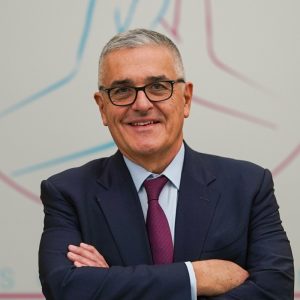 Prof Giorgio Pajardi has been Director of the Operative Unit of Hand Surgery of the MultiMedica Group since 1996. Since 2002 he is also Associate Professor at the University of Milan Sector MED/19 Plastic and Reconstructive Surgery.
Prof Giorgio Pajardi has been Director of the Operative Unit of Hand Surgery of the MultiMedica Group since 1996. Since 2002 he is also Associate Professor at the University of Milan Sector MED/19 Plastic and Reconstructive Surgery.